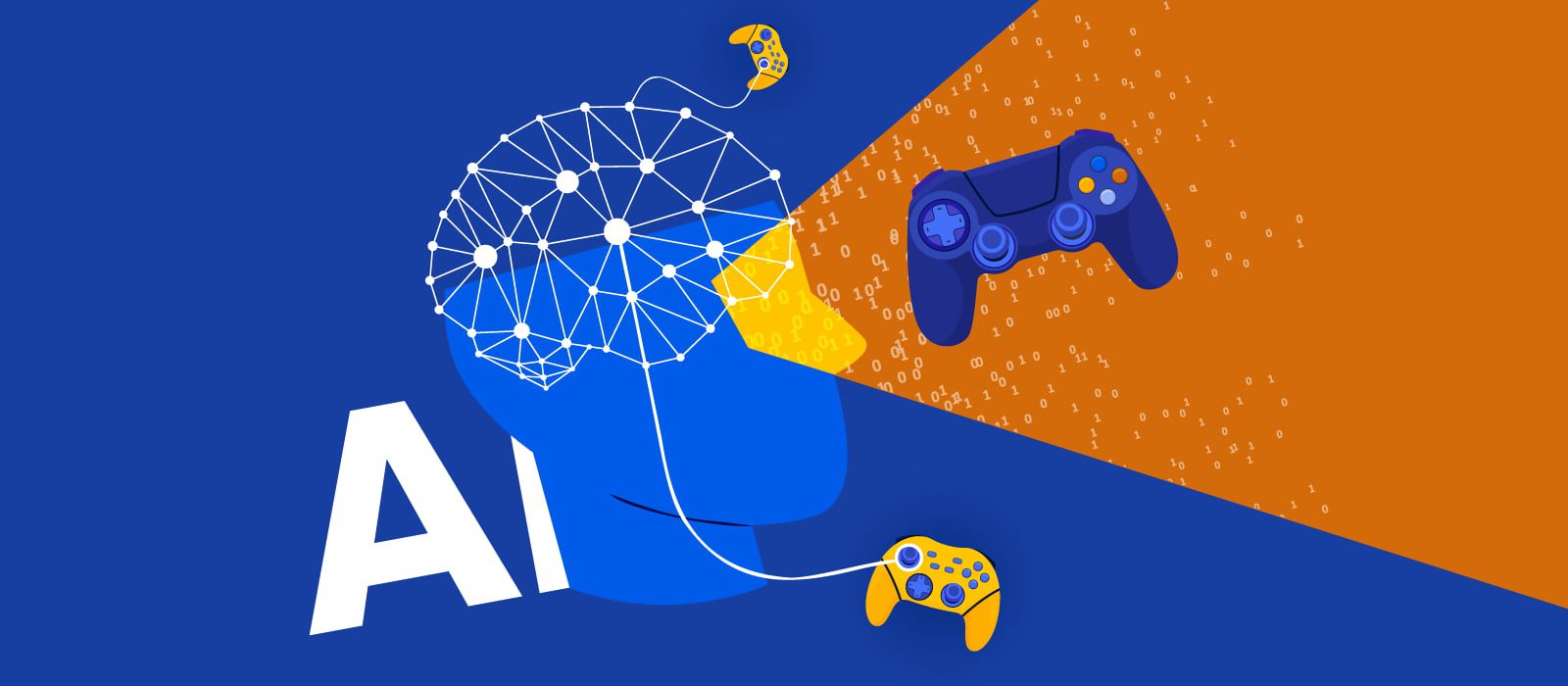The world of AI games and software is one of great potential, but also comes with a unique set of challenges. AI games and software are designed to mimic human behavior by utilizing artificially intelligent algorithms to create a simulated environment in which users can interact. As simplest written content excursions to extensive virtual reality games, AI games and software are able to be utilized to provide enjoyment or to teach people for particular jobs.
Games powered by AI algorithms typically have a greater level of realism than those without AI capabilities. The game’s environment can change dynamically based on user input, allowing for more immersive experiences than traditional video games. On the other hand, AI software enables businesses to automate mundane tasks and improve customer service by using natural language processing (NLP) technology to understand customer queries.
Developing AI games and software requires a deep understanding of programming languages as well as an understanding of Artificial Intelligence principles. It is also important to consider how data sets will be created in order to teach the algorithm how to behave appropriately in each situation it encounters.
Creating effective AI games or software is no easy feat
There are many challenges developers must face when creating these tools. One challenge is ensuring that the algorithms learn without being biased; this means avoiding any training data sets with inherent bias that could lead the algorithm astray or cause it to make unfair decisions based on gender, race or other factors that should not influence its decision-making process. Additionally, developers must ensure that their creations are safe from cyber threats. AI games, AI software something which requires constant monitoring from security professionals if they want their products to remain secure over time.
Despite these challenges, enormous progress has been made in recent years in terms of developing both AI games and software applications due to advances in computing power and the availability of data sets suitable for teaching algorithms how they should behave in different situations. This has had an immense impact on our society from providing us with more engaging forms of entertainment through video game simulations powered by Artificial Intelligence algorithms to enabling businesses all over the world to access revolutionary tools that enable them to automate mundane tasks while improving customer service levels at scale due to natural language processing technology powering customer service chatbots across multiple channels simultaneously.
Different approaches to developing AI games and software
Developing AI games and software is a complex process that requires knowledge of various technologies. There are a number of different approaches to developing AI games and software, from using Machine Learning algorithms and Natural Language Processing (NLP) to Reinforcement Learning (RL) and Neural Networks. Each approach has its own advantages and disadvantages, so it is important for developers to understand the differences between them in order to choose the best approach for their project.
Machine Learning algorithms are often used when creating AI games and AI software, as they can help identify patterns in data sets or make predictions about future outcomes.
Reinforcement Learning is another common approach for developing AI games and software. In RL, an agent learns by trial and error rather than through instruction; this means that the agent learns through interaction with the environment instead of being explicitly programmed with rules.
Neural networks are another type of technology that can be used for developing AI games and software. Neural networks can be trained over time with more data; this allows them to become increasingly accurate at predicting outcomes or behavior over time without additional programming instructions being needed.
Finally, AI games, AI software evolutionary algorithms may also be employed when developing AI games and software; these algorithms allow developers to create artificial intelligence agents that learn through trial-and-error rather than instruction-based training methods like those used by traditional machine learning algorithms or reinforcement learning models.
The technologies behind AI games and software
The development of AI games and software has come a long way in recent decades, allowing developers to create ever more sophisticated tools designed to understand human language, recognize patterns, and learn from experience. To take advantage of this technology’s power, it is essential that developers understand the range of approaches available for creating these powerful systems.
Neural networks are one such approach which utilizes layers of interconnected neurons to process data and make predictions. By using multiple layers of neural networks, deep learning can be used to analyze increasingly complex data sets; an invaluable tool for applications such as facial recognition or object detection.
Reinforcement learning (RL) is another common technique for developing AI applications. Through the use of rewards for correct behavior within a simulated environment created by the developer, algorithms are trained over time to complete tasks with minimal errors. This technology is particularly useful when applied to robotics projects where robots must learn how to move efficiently in different conditions.
Other approaches include genetic algorithms and evolutionary computing which allow developers to simulate natural processes like genetics or evolution through code; great for virtual worlds or open-ended simulations where an agent must respond appropriately without being explicitly programmed by a developer. Natural Language Processing (NLP) also provides machines with the ability interpret human language accurately while Natural Language Generation (NLG) helps them generate meaningful sentences based on input data; both highly valuable technologies with real-world applications.



































